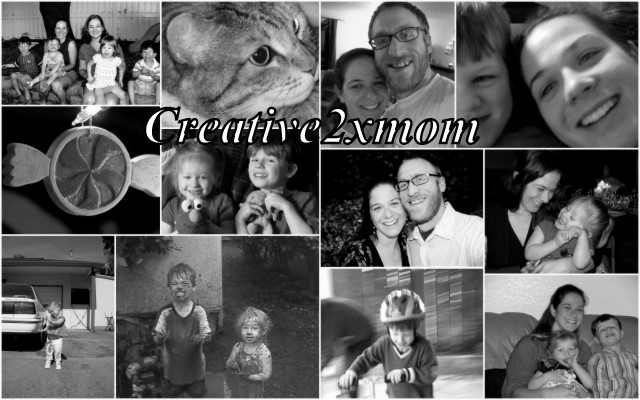Chapter 17: Childhood: Training Procedures
Tripp uses this chapter to explore the more "practical" aspects of addressing character development in your child during their middle years. He reminds us that our goal is to address the attitude of the heart, not merely the behavior. Therefore, we should continually be assessing the "why" of our child's behavior and reminding them that sucessful living is only possible with the help of our Savior.
Tripp lays out a couple of examples of how Christ appealed to the conscious of those around him: the lawyer, Peter, Simon, etc. Tripp leads us in how to appeal to conscious in the same way, remind our children who Christ is and who they are in relationship to Him.
He says, "We have a couple of problems in thinking clearly about character. One is failure to see the issues above. This failure results in not even striving for long-term character development goals. The other pitfall is an inability to work from behavior to the appropriate character issues. This results in seeing only isolated bits of behavior. The result again is failure to address long-term character goals" (pg 181).
I love how Tripp reminds us to remind our children of a need for a Savior. This is something that I nee to be continually reminded of myself every day. He finds that we have 2 alternatives: to lower the standard to what they can reach making them self-righteous OR we can set the standard that can only be achieved by the grace of God (pg 178). Where will you set the bar?
Questions for discussion:
1. Can you think of situations in which there is a significant character issue at stake in your child's development, but you are not sure what to do with it? Make a project of these situations. Seek to determine what the long-term issues discussed in this chapter.
7. If you were to name five character-training objectives for your son or daughter, what would they be?







No comments:
Post a Comment